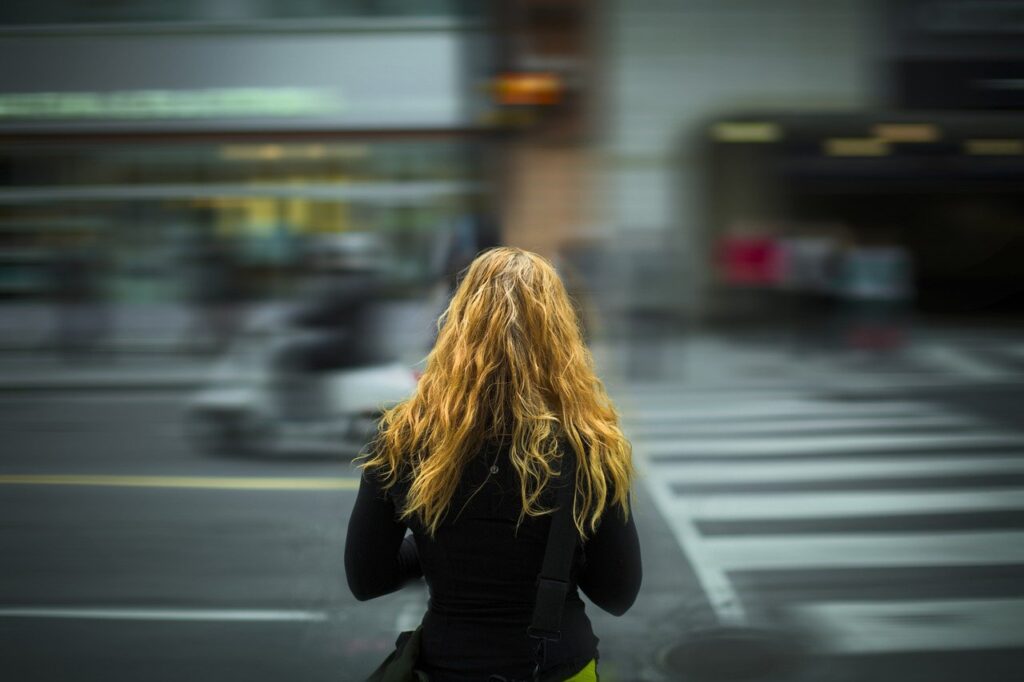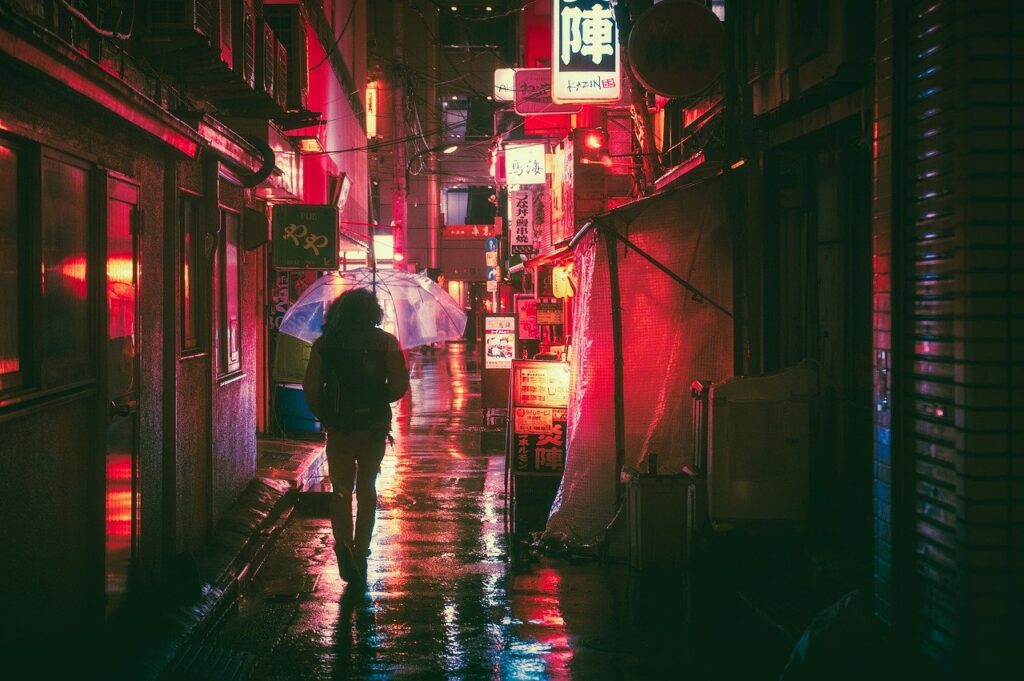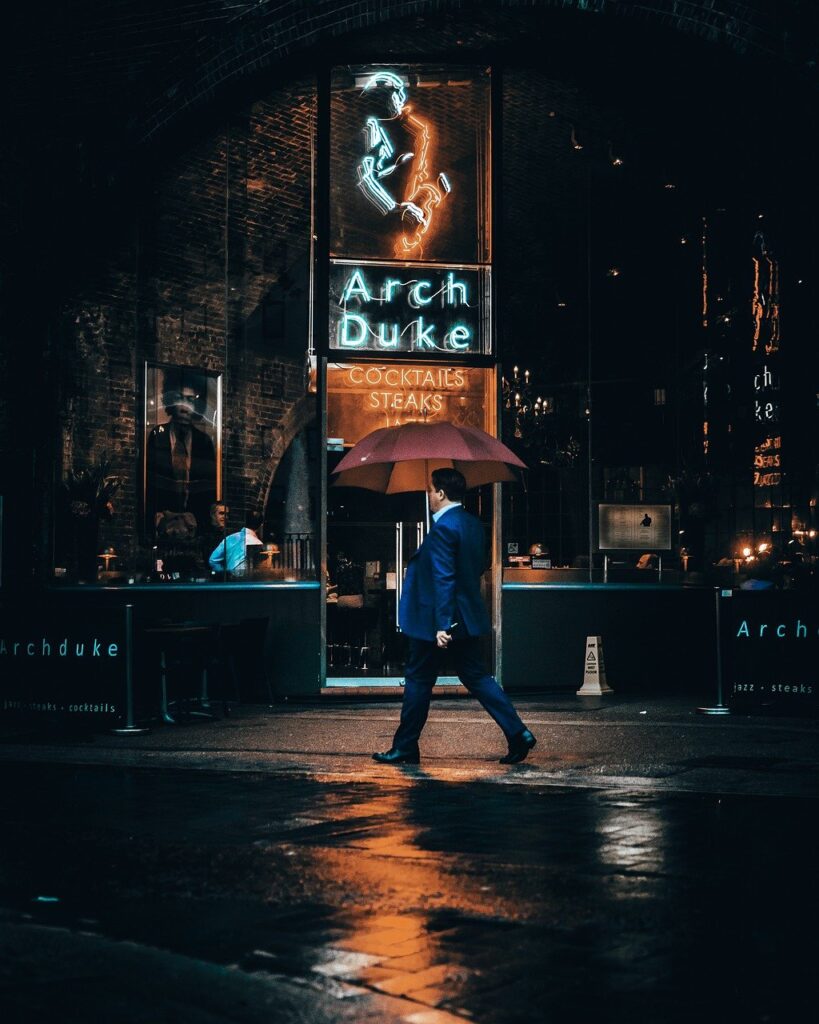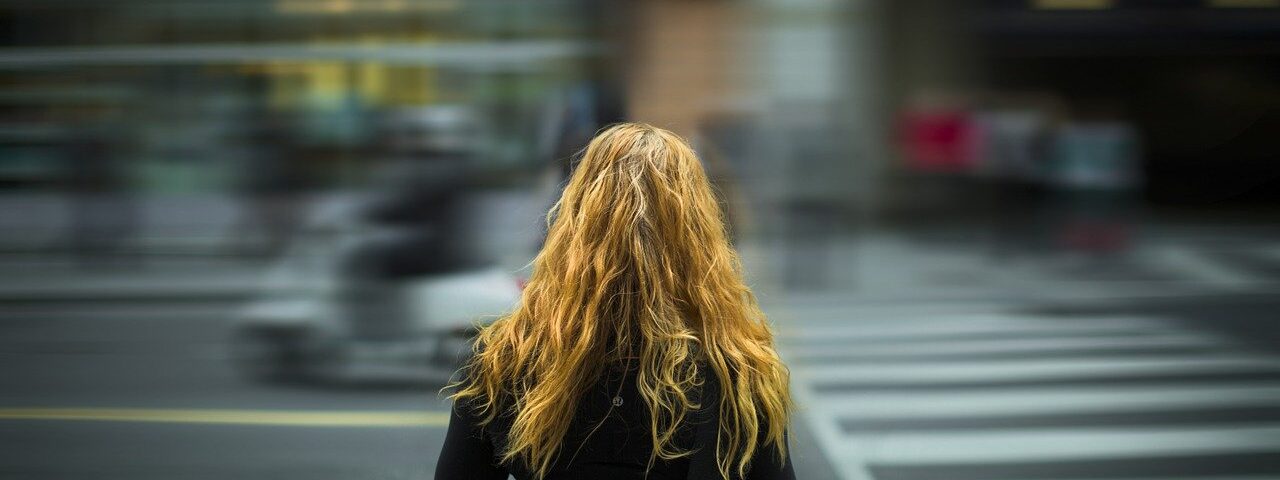What is cinematic photography for you? How often have you heard from your clients, family, friends that your photographs look cinematic? Nowadays, most clients want to have that cinematic feel in their photos to stand out in the crowd and express their emotions through such cinematic shots.
Cinematic photography is the still photography with the feels of a movie, that motion-picture vibes should be intact for it to sustain the audience’s attention. One of the biggest tips you can get from a photographer is that start clicking, click more, good, bad, or even worse; it doesn’t matter. Cinematic has to be random and fun, and for that, you need confidence, and you should enjoy yourself while shooting with your model and gears. That’s the best way to prepare the mind before clicking some mind-blowing shots.
Cinematic photography is a topic that is very close to my heart, and the approach to the kind of photography I do clearly reflects my confidence and passion for this field. Do you want to know the craziest part? It’s not that difficult to obtain the look; in fact, it’s so simple that with these simple tricks, you can completely change your photography game, by which even you can make your work amazingly more cinematic, regardless of what level you are in!

STAY WITH MANUAL MODE
Let’s start with tip number 1, always stay with a manual when you shoot completely in manual with the right focus and white balance. The main point to keep in mind while shooting in manual is to make sure that you know exactly your camera setting and know to keep the camera behavior under control in most conditions. Cinematic Photography is an art of making random decisions.The initial step to transforming your images cinematic is to take back control of your camera.
Understanding how your DSLR functions omits the guesswork in a unusual environment, and you will be able to explore and experiment with all the possible functions to bring out unique results.
THE RIGHT LIGHTING
Now we are talking about the most important aspect of cinematography: using the right lighting and its right amount. Too much of light can turn the photo crisp and overly sharpened while too little light might make it look flat and uneventful. If you want your pictures to look cinematic, you must learn at least the foundational knowledge to master the lighting affair. Also, to break into the world of cinematic photographs, you should try out Three-point lighting, as it would be a great kickstart if you are a beginner in it. Now you might wonder what it is? Three-point lighting is a technique for illuminating a subject in a scene with light sources from three distinct positions. The main three types of lights that we are talking about here are key light, fill light and backlight.
This is a tip that you can apply anywhere and anytime. It takes up a lot of mind mapping in order to figure out everything about the lightings and the kind of vibe you are about to set in your pictures. Whether it’s an indoor shoot in some studio or an outdoor shoot, walking through the ally, it is very important to understand the source of the natural lighting, highlights, texture, shadows, and angles along with the model. After conceptualizing all these key factors, comes the fact that how will you position your talent among these and create the magical mashup. Trust me, I know it is a bit critical, but only at first, once you grasp the techniques, then it becomes a healthy practice.
While it’s very understand the lighting about individual pictures, individually, but I can provide you with a hack. Always try to have a light source coming from behind your subject, and if you don’t have the availability of a front light, try using a light from any of the sides, this way it becomes much easier and but then you will have to manage with the off-tones(if any) in your post-production. If you watch a cinema with that having these factors at the back of your mind, you’ll see how genuine and effective this technique is. Now try it by yourself!

EXPERIMENT WITH SHADOWS AND HIGHLIGHTS
You might have seen different kind of photographers and their works, most of them follow the professional photography features. If you have noticed, their photographs are extremely planned, well-posed and subjects with minimum or no shadows at all. Well here is where they draw the line of difference between them and the Cinematic photographers. Cinematic photographers are a fan of shadows and ambience. The best ambience is created with a lot of shadows. That way, the viewer gets to see the depth level in the tones and the lights with added shape in that particular photo. Shadows might seem dull at first, but if you know the right way to shape them, they might turn dramatic, and deeply cinematic.
MOODY COLOR GRADING
Do you know what makes a great Cinematic photograph? It’s always the color grading and the steps related to it. Starting from the color shadows, midtones, color highlights and everything.

Also, the king factor is creating the MOOD and sustaining it throughout the series of your shoot. Color grading is an crucial part of the modern cinematic photography since it is all over the digital age. Nowadays, talented photographers are putting curve settings, presets, color hues, and LUTs on sale. The prices are decent enough to capitalize on other photographers looking for that cinematic look in their pictures. Whatever you put on your pictures with those software aided presets, never forget to keep everything well balanced, or else it will ruin the flow of your image.
DIVE INTO SYMMETRY
Well for that, let’s first revise what is Symmetry in Photography?
In photography, symmetry happens when some parts of your frame mirror the other parts. It is created when two halves of your image look the identical or close and balance each other out. There are different types of symmetry like horizontal symmetry, vertical symmetry, radial symmetry, reflective symmetry. Also, symmetry is not only about streets and architecture. You find in several other things like color symmetry in an image, or maybe a flower, where its petals are aligned in a radially symmetrical way. In nature you will find even more, ranging from the petals to the ripples in water, everything can be mirror out.
OUTLOOK :
So let’s talk about a little bit more about the clarities, Cinematic photography is indeed very fun and if you have the knack in exploring more then this article was the perfect for you. and for those, who have already been in this business for a while now, i hope it will provide you with light to lift up the game and you are able click even more awesome shots after this. Now I hope these tips and tricks were pretty enlightening to you and also very useful. So, if you are already here, then it’s time for you to create some cinematic magic!

